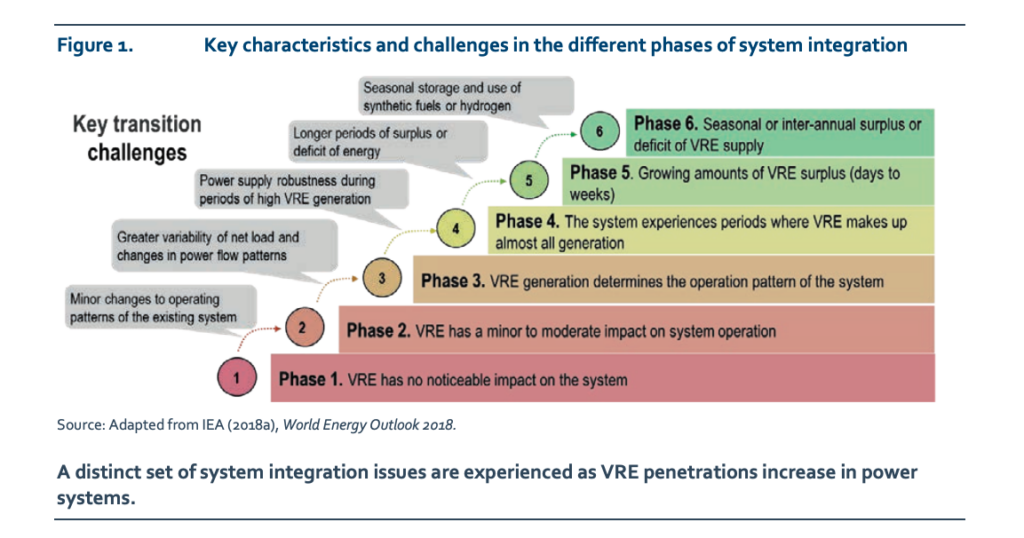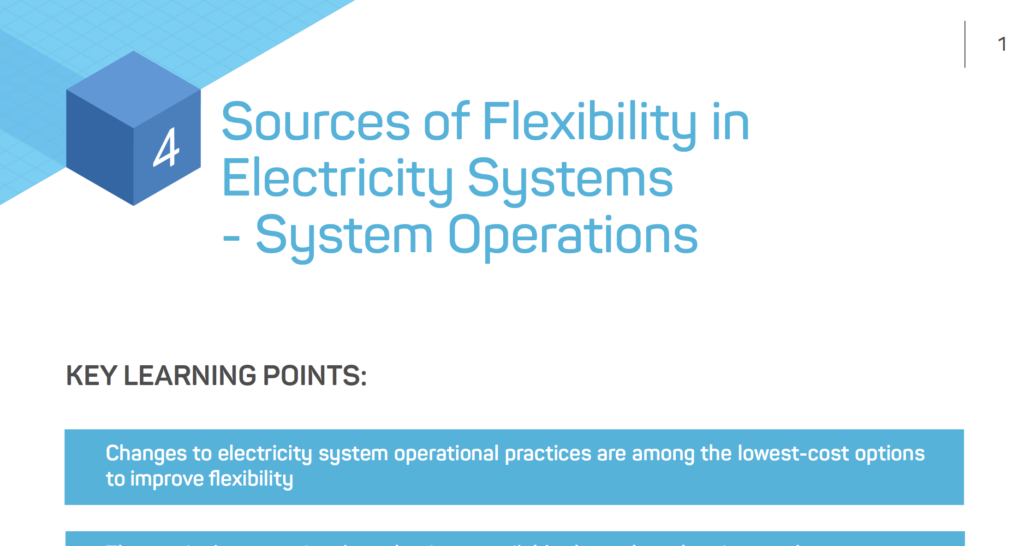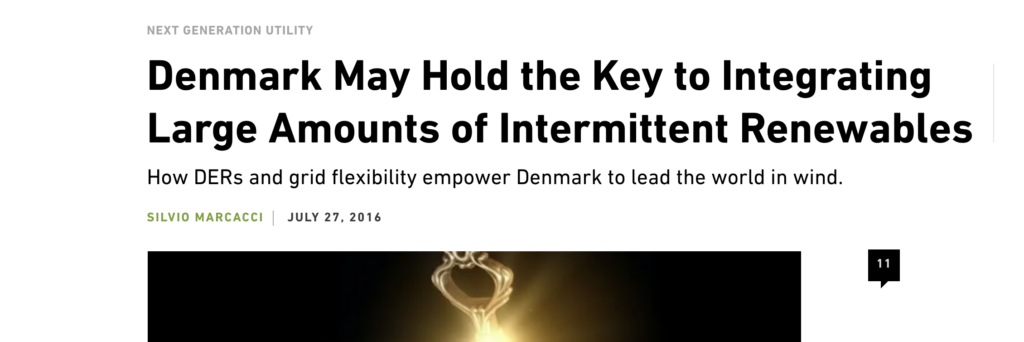Fact: It is possible to achieve high-shares of clean power in your power system reliably and safely.
Some believe it is impossible to increase renewable power while maintaining service reliability due to the intermittent nature of renewable power sources, like solar and wind.
In fact, it is possible to increase clean power in your power system without compromising reliable electricity service.
While solar and wind power are dependent on the weather, low amounts of clean power generation present little to no impact on power system operations and performance. As the proportion of clean power in your system increases, electric utilities and system operators can use a variety of well-known operational practices and strategies to ensure safe and reliable electric service. These practices and strategies have been tested and proven all over the world.
First, Look at This
There are over 100 countries, provinces, and states that already have up to five percent of their annual electricity generation from variable renewable energy (VRE) like solar and wind power.
The amount of power systems with more than 10 percent of annual electricity generation coming from VRE is expected to increase significantly in the next few years.

Next, Read This
In general, power systems with up to approximately 10 percent of annual electricity generation coming from VRE will experience little to no impact on system operations and service. Some countries, like Uruguay and Denmark, already have more than 30 percent of their annual electricity generation from VRE.

And This
Greater shares of VRE do increase the variability of electricity supply, however, electricity grids are designed to manage some level of variability and balance customer demand and electricity supply.
The IEA has identified six stages of VRE integration and the key challenges system operators face as VRE in a power system increases.

Want to learn the basics about balancing supply and demand?
Read this briefing note from Imperial College’s online course, Incorporating Renewable Energy in Electricity Grids.
Now, Read This
Many of the challenges associated with increasing VRE generation can be managed by increasing power system flexibility. Greater flexibility allows a power system to more easily respond to changes in electricity demand and generation and maintain system reliability.
In many locations, low-cost operational measures, including using renewables forecasting, increasing dispatching, or expanding balancing areas, can address integration challenges at low to moderate levels of renewable power.

Finally, Read This
Countries with high-shares of VRE are using flexibility and other operational measures to maintain reliability. For example, Denmark has the highest shares of annual VRE generation and maintains a very reliable grid.

Ready to Take the Next Step?
- Research: What’s the generation of renewable power in your country now? What are your country’s targets for renewable power, and where do they fall on the IEA’s chart above? Use IRENA’s country profiles.
- Explore System Flexibility Measures: Interested in learning more about how system flexibility can support the integration of renewables? Visit the Increase Power System Flexibility guide.

